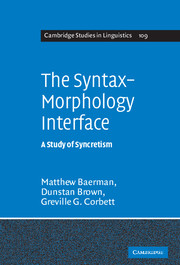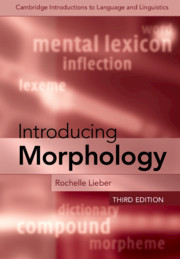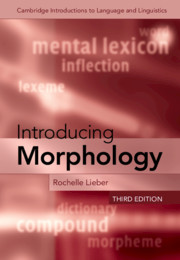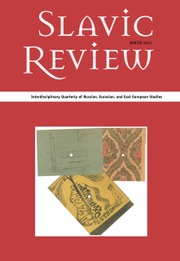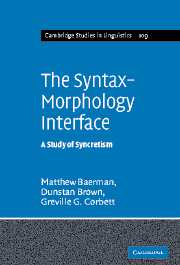Morphological Complexity
Inflectional morphology plays a paradoxical role in language. On the one hand it tells us useful things, for example that a noun is plural or a verb is in the past tense. On the other hand many languages get along perfectly well without it, so the baroquely ornamented forms we sometimes find come across as a gratuitous over-elaboration. This is especially apparent where the morphological structures operate at cross purposes to the general systems of meaning and function that govern a language, yielding inflection classes and arbitrarily configured paradigms. This is what we call morphological complexity. Manipulating the forms of words requires learning a whole new system of structures and relationships. This book confronts the typological challenge of characterising the wildly diverse sorts of morphological complexity we find in the languages of the world, offering both a unified descriptive framework and quantitative measures that can be applied to such heterogeneous systems.
- Uses a much wider range of data than is usually discussed to demonstrate the impressive typological variation in the world's languages
- Clearly presents complex data using tables, careful glossing and helpful introductions to the less well-known languages
- Uses data drawn from an extensive empirical base, available on the associated website www.smg.surrey.ac.uk/complexity
Product details
No date availablePaperback
9781107543614
208 pages
228 × 151 × 12 mm
0.32kg
5 b/w illus. 150 tables
Table of Contents
- 1. Introduction
- 2. External typology of inflection classes
- 3. Features
- 4. Motivation
- 5. Conditions on paradigms
- 6. Paradigm structure
- 7. Lexicon and grammar
- 8. Morphological complexity and morphological autonomy
- Appendix
- References
- Indices.


